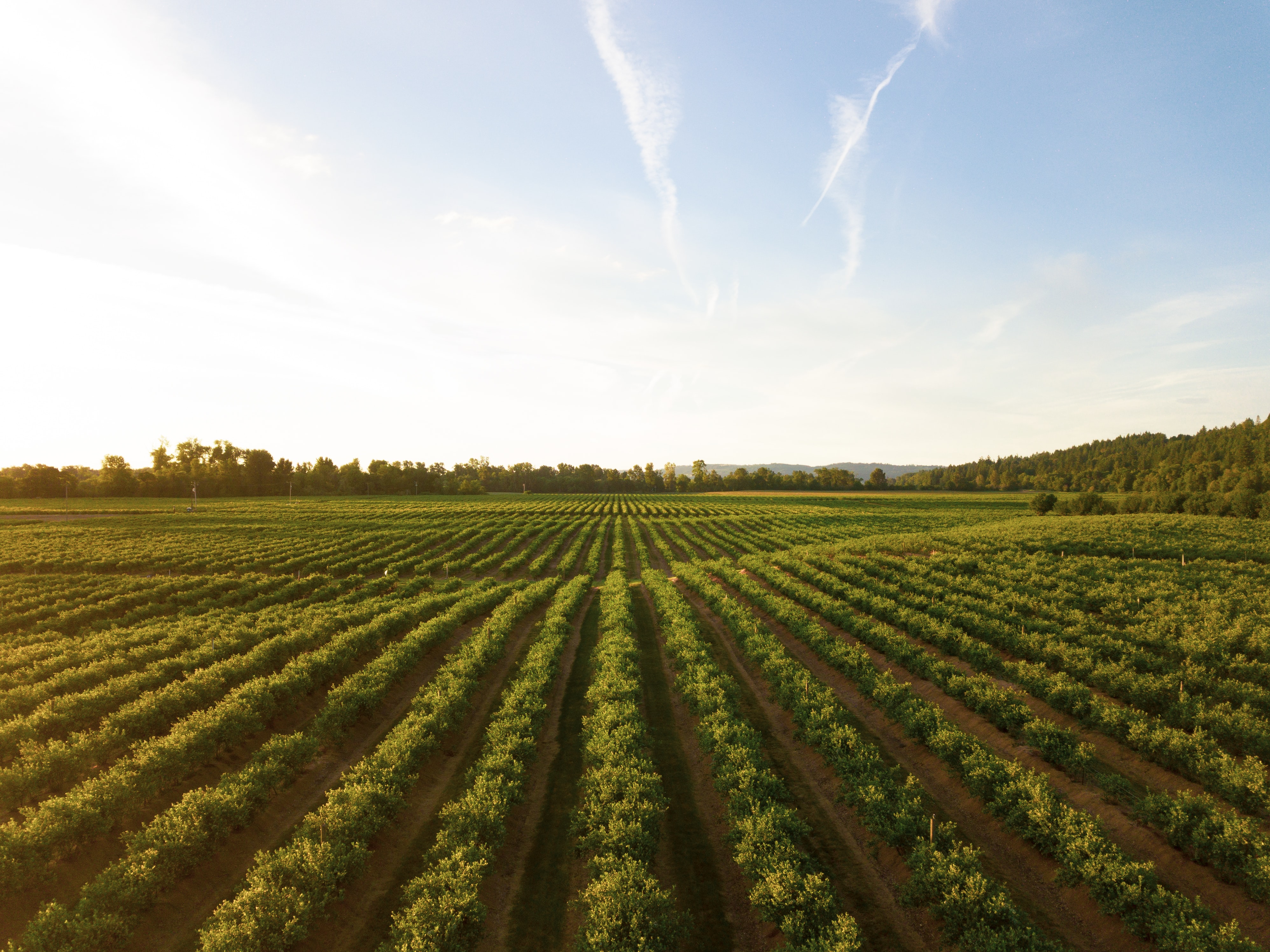Biochar
Chemists Without Borders is dedicated to combating climate change by promoting the use of biochar through advocacy and research. We have partnered with a number of biochar producers throughout the nation to provide information and support proper biochar use and awareness.
Biochar
Biochar is a granular carbon substance produced by pyrolysis or thermal decomposition of organic matter in an oxygen starved chamber. The charcoal-like byproduct is highly porous and completely safe for the environment.
In addition to reducing soil emissions of greenhouse gases, biochar serves many purposes in regenerative agriculture from improving soil quality, livestock feed productivity, and water filtration treatments. It offers long-term amendments that include resistance to decomposition, beneficial nutrient bioavailability in soil, soil water retention and reduction of nutrient runoff.
Biochar technology offers a promising solution to mitigating climate change by reducing contamination and securely storing carbon in a cleaner and more efficient form than traditional forms of coal. One ton of biochar is equivalent to three tons of CO2 sequestered. By turning biomass into biochar, carbon remains trapped in its solid form, thus creating a carbon-negative cycle. In practicing sustainable soil management, such as the use of biochar, the energy sectors can reduce emissions and redirect and repurpose agro-waste from landfills.
Organic Farmers
Globally, soil degradation is a constant concern within agriculture. By adding biochar to compromised soils, we can improve soil quality and compost properties. The structure of biochar is unique in its benefits to hold moisture, nutrients (including nitrogen and phosphorus), and agrochemicals. Main enhancing features of biochar include:
Increasing water retention
Moderating acidity
Improving microbial properties
Improving electrical conductivity
Regulating nitrogen leaching
Accelerating composting progress
Reducing compost’s ammonia losses, bulk density, and odor
Reducing the need for chemical fertilizers
All things considered, improvement of the soil structure leads to reduced amounts of waste, growth of plants and higher profitability for farmers. Not only is biochar longer lasting than common fertilizers, reducing fertilization costs, it most significantly improves plant growth, enhancing crop yields.
It is important to note that not all biochar is identical. The chemical and physical properties of biochar are greatly affected by the type of feed stock being heated and the conditions of the pyrolysis process. To learn more, please inquire in our contact form below to be contacted by a CWB representative.

Stormwater Management
The general three goals for a stormwater management system is to control the flow of stormwater, to reduce the impacts of stormwater flows and maintain or enhance water quality to further meet the municipal best practices based on the amount of total suspended solids (TSS) and nutrients.
Biochar is capable of removing the pollutants like metals and metalloids or dissolved organic carbon (DOC) in stormwater, increasing the soil’s water and nutrients capacity and remediating the contamination in the soil. The removal of pollutants is done by increasing the soil’s hydraulic conductivity and reducing the peak flow of stormwater.
Metal Removal
Contaminants of Emerging Concern (CECs)/Organic pollutant removal
Nutrients removal by biochar
Therefore, biochar has great potential to be implemented in a stormwater management system from the environmental and economic perspectives. It may be used as a filter media for the removal of new and already established contaminants. Biochar has great potential to be used as a material in planting cells as a form of Low Impact Development (LID), as township utilizes a variety of LID solutions in new neighbourhoods, depending on the characteristics of the specific development.
Downspout filter boxes
Bioswales and rain gardens
Infiltration trenches
When implementing biochar in a stormwater management to remove pollutants, biochar properties, pollutant physical and biological characteristics and the treatment conditions have to be considered, as the vast majority of these features are constructed through the development process. With improper particle size of biochar, the hydraulic conductivity of the soil may be reduced to cause inefficiency of pollutant removal. Therefore, the use of biochar as a growth medium or soil additives to planting cells such as the Stockholm model (with a rock matrix as its structural component and biochar as the growing medium) would need to be specified carefully for the developers. For more information, contact us below to begin discussions with a CWB expert.
Contact
If you are interested in learning more and communicating with a CWB representative, please fill in your information and we will be reaching out to you soon.
